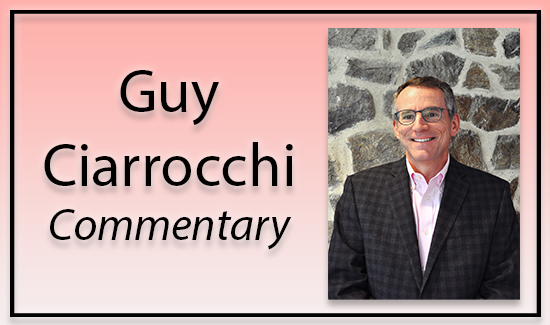Ranked Choice Voting Would Create Chaos

In Philadelphia’s mayor’s race, there’s a theme being raised a lot lately that readers and listeners may have noticed — especially put forward by “progressive” candidates and special-interest groups. “Ranked choice voting.” This is a horrible idea.
It’s not democratic. It’s another attempt to undermine the concept of victory and “winners and losers.” It’s complicated — and, thus, another way to undermine faith in, and respect for, results.
It’s brought forward by people who are constantly looking to “fix” America, dislike tradition and customs, and love anything that invites complications in our electoral process. In short, they like uncertainty, chaos, and confusion. Stability, predictability, and transparency are their enemies.
Everyone knows the person who wins Philadelphia’s Democrat mayoral primary will not win anything close to a majority. In fact, the winner may not even break 30 percent. This will lead to the often-argued truism: “You know, most Democrat/Republican voters didn’t even vote for X.”
Whatever you think of that; the answer is not ranked choice voting (“RCV”). RCV has many variations but, in general, voters cast votes for their “first” choice and “second” choice — and maybe even their “third and fourth.” If no candidate gets 50.1 percent on election night, vote tabulators and their computers start removing the candidates finishing at the bottom and thereafter second-choice, and then third-choice votes are added to top finishers until someone reaches 50.1 percent.
Follow? In this era of conflict over voting-counting and lack of transparency, doesn’t this make it worse?
In this era of weakened political parties, single-issue driven candidates, candidacies built around personalities rather than platforms and no clear front-runners, we get large candidate fields. All too often, this leads to primary winners who do not get majorities.
However, the reality is that switching to “RCV” will only make things worse — even more people will run, garnering even less support. And “winners” will still not be supported by true majorities.
We should be looking to increase faith in election results, to improve transparency, and to encourage debate, accountability, leadership, and coalition-building.
So, here’s what we do with the current system — without adding confusion, undermining democracy, removing transparency, or shaking our faith in the results.
Option One: Leave it alone. Sooner or later, candidates and political parties will have to understand that candidates need to drop out, work together, and build coalitions. They’ll have to work to put their strongest candidates forward without undermining, destroying, and bankrupting the winner.
Option Two: Have party runoffs. The top two candidates run against each other 30 days after the primary. Again, this allows for transparency, debate, coalition-building — and actual voters voting for whom they want to win. These are behaviors and characteristics that we should want in campaigns and candidates.
We should be looking to increase faith in election results, to improve transparency, and to encourage debate, accountability, leadership, and coalition-building.
Ranked choice voting does the exact opposite. Let’s bury this idea before it makes things worse.
Guy Ciarrocchi writes for Broad+Liberty and RealClear Pennsylvania. He is also a Fellow with the Commonwealth Foundation. This column reflects his views and not necessarily those of any affiliated organization. Follow him @GuyCiarrocchi.







